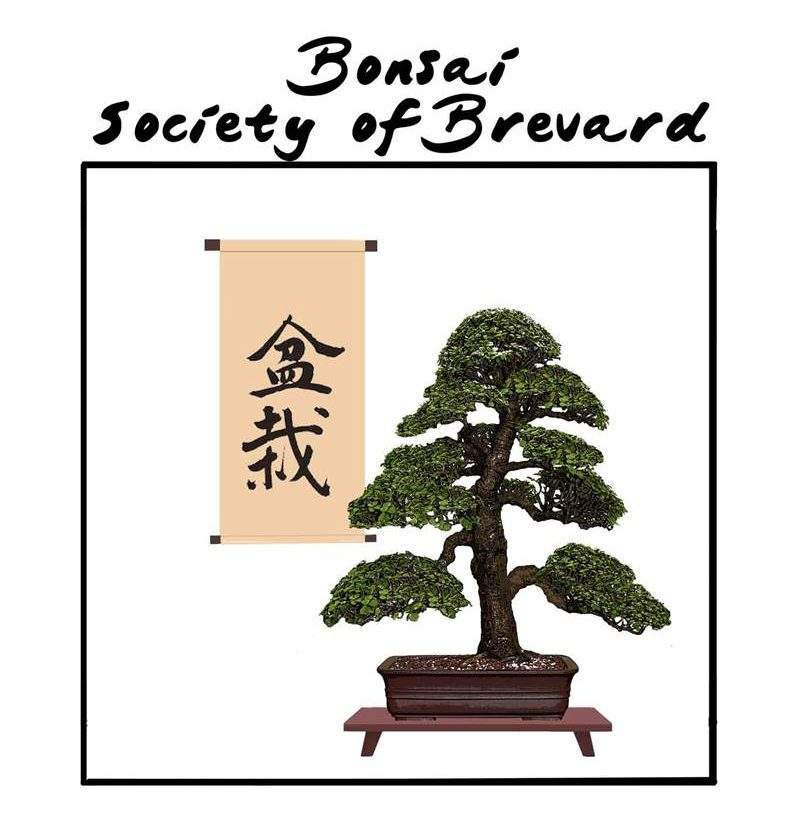This is a continuation of the bonsai care guidance authored by Jim Smith and originally printed in Florida Bonsai Magazine in 1986. It has been updated by Jim and is reprinted with both his permission and that of Florida Bonsai Magazine. The care guidance is suitable for Zones 9b and 10a.

Bonsai in Brevard (Zone 9b and Zone 10a)
At last the danger of frost and freeze is over. Spring is here and Summer is not far behind. April is usually a very dry month and may have some very warm days.
Watering
From now until winter, most of your bonsai will have to be watered every day. Those of you who have a lot of plants may want to consider installing an automatic or semi-automatic watering system for your trees. You can choose from simple, inexpensive timing devices that can be attached to your garden hose or a more sophisticated electronic clock that can be programmed to suit your needs. PVC pipe is easy to work with and a variety of sprinkler heads are available. You can always shut the system off when you want to hand water.
Fertilizer
If you haven’t fertilized your plants this spring, do so as soon as possible. Your plants will be growing vigorously now and will need to be fed regularly. It is better to feed more often with a light application than less often with a heavy application, slow-release fertilizers may be the answer for those who do not follow a strict schedule. Continue to fertilize to maintain the health of the tree.
Insects and Diseases
Most all insects start to make their presence known this month. When they appear, identify the particular insect or disease that is causing the problem and use a pesticide that is labeled for that particular insect or disease. Thorough coverage is necessary when using contact sprays. Always spray when necessary but no more than is necessary. Many insects are beneficial because they control harmful pests and should not be killed indiscriminately.
Pinching
Start pinching when the branch has put on several leaves. Pinch back to one or two leaves, depending on the shape of the branch you are trying to create. Continue to pinch regularly throughout the growing season. Some fast-growing plants may need to be pinched every day, while slower growing plants may only need weekly or monthly pinching. Decide what you want the finished branch to look like when viewed from the top and side. Any growth that develops beyond this silhouette should be removed. Remove all over-sized or diseased leaves as soon as they develop.
Potting
Tropicals can be potted at any time of the year if they are healthy and are given proper care during and after potting.
Wiring
If you must wire a branch at this time, be sure to check the wires regularly to make sure that they do not cut into the bark. A plant that is growing vigorously should be checked two weeks after wiring, especially if the wires were snug and/or the branch was bent sharply. If the wire is too tight, remove immediately and re-wire if necessary.
Cuttings and Layers
Most tropicals can be started from cuttings and air layers now. The best time of day to take cuttings is in the early morning. If cuttings are hard to root, use a rooting hormone. Have your rooting medium ready so that you can stick them in as soon as possible. It may be necessary to keep some cuttings moist to prevent wilting. A good rooting medium can be made from 50% peat moss and 50% Perlite or you may use your bonsai soil. Cuttings can be rooted in full sun if kept under mist. If this is not possible, put them in shade where the humidity is high or cover them with glass or clear plastic. Spray with a fungicide if needed.
Bonsai Society of Brevard
For more detailed information contact our Brevard based Bonsai club.
The Bonsai Society of Brevard is one of the many clubs within the Bonsai Societies of Florida.
